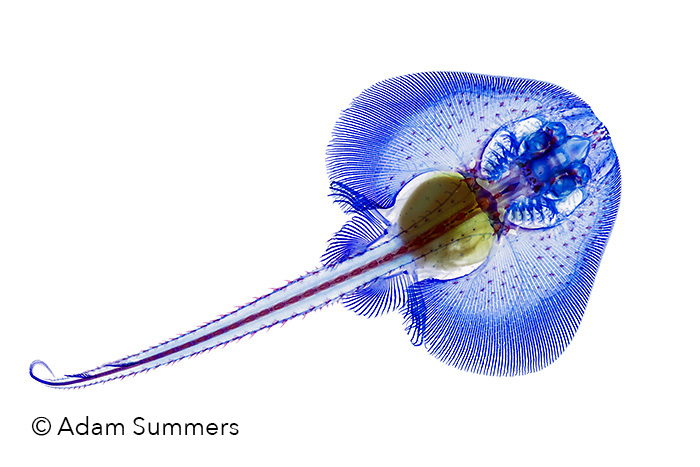#SciComm
Communicating the research we do in the lab is important. Communicating science at large is more important. Everyone in the lab takes this job seriously, with the proviso that it has to be fun if it is going to get done. I like Twitter...that is my main avenue of daily #SciComm. I tweet under @fishguy_FHL and I cover data I am collecting, plans I am making, things I am excited about scientifically, as well as retweeting things that feel important and educational. My tweeting is image heavy, but I tried and failed to get into Instagram. My students are on Facebook, Twitter, Instagram and all sorts of platforms that I am too old and staid to know anything about.
Biomechanics articles
From 2001 to 2009 I wrote a monthly column on biomechanics for Natural History Magazine. Each month I explored a topic involving the application of engineering principles to biological problems. Someday I will get off my keister and put together a book that follows up on the work I covered.
FIlm & Television
I have been involved as a scientific advisor with a number of entertainment projects including Pixar's animated motion pictures Finding Nemo and Finding Dory, and a series of Discovery Television programs: Anatomy of a Bear Bite, Anatomy of a Tiger Bite and Anatomy of a Snake Bite.
I have also been interviewed about my research by a number of television and radio programs. If you are a member of the media and need a quote or an interview, please email me with your request.
Books
Some of my Natural History Magazine articles have been republished in popular science collections including Fat Heads Sink Ships (anthologized in ‘Best American Nature and Science Writing – 2003’ Richard Dawkins editor) and Run To Fly (anthologized in ‘Biological Evolution – An Anthology of Current Thought’ Katy Human, Editor)
I also put together a bibliography and co-wrote a biological sketch of Samuel Walton Garman for the reprint edition of Plagiostomia-The Sharks, Skates and Rays.
Photography
I have a limited selection of natural history images available for use through the Cal Photo website. Please contact me if you would like to use any of the photos in your projects.
The Picturing Science exhibit is 14 large format prints of photographs on aluminum plate, each accompanied by a poem inspired by the image. The photos were taken by Adam Summers and processed by Ilya Brook. The Poems were written by Sierra Nelson.
The fishes depicted here have been specially treated to make the stained skeletal tissues visible through the skin and flesh. The technique uses two vital dyes – Alcian Blue to stain cartilaginous elements a deep blue and Alizarin Red S to turn mineralized tissue crimson. The specimen is then lightly bleached with hydrogen peroxide to remove dark pigments, leaving a snow-white fish. Flesh is dissolved with Trypsin, a digestive enzyme found in your intestine. Trypsin attacks most proteins but does not harm collagen, the principle fibrous material that holds the skeleton and skin together. In order to make the skin and remaining connective tissue invisible the entire specimen is immersed in glycerin. The index of refraction of collagen is very similar to that of glycerin, so the flesh seems to disappear. If you return the specimen to water the collagen will turn white again and the skeleton will be hidden. This technique is only effective on specimens that are less than about 1cm in thickness, and takes much longer for thick specimens than thin. A small fish might take 3 days to process while a larger animal could take several months.


